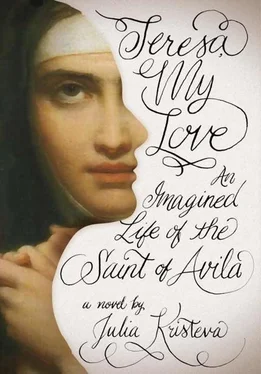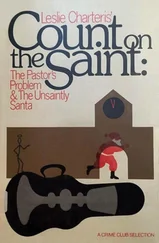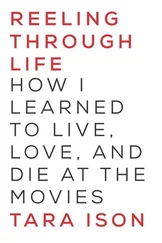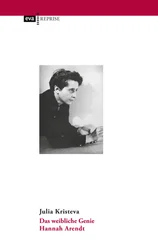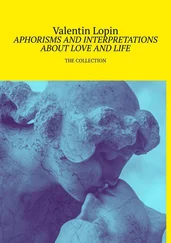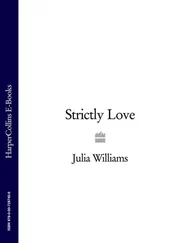Do I know or am I forgetting? Inimitable Bruno! He’s far away, and he’s who he is. Let him make his own discoveries in his own way. He can sort out his syncretism however he wants, I’m all for the great leap from Paris glitz to global compassion, but I’d rather he went into analysis, it would save so much time…Oh well. I guess I don’t always take the shortcuts either, I follow my own detours. With Teresa, for instance.

So, while it’s true that Judaism contains veins of mysticism, that the Upanishads relish sensual joys and annihilation in the sounds of the language, that Muslim Sufism reveals Being and its impossibility together, and that Zen koans are peerless propagators of the Void, it was in Christianity that mystics male and female were to find their royal road. Like Saul on the road to Damascus.
Are the mystical currents that flow through the three monotheisms the result of interferences, contaminations, influences, or structural coincidences? Did the Hassidim sway Meister Eckhart, Suso, and Tauler after introducing the thought of Maimonides into the ghetto of Worms? Or was it the other way around? Did the Arab peripatetics in the wake of al-Kindi 30transmit the symphony of the two great philosophies of antiquity, Platonism and Aristotelianism, via Albert the Great 31to Eckhart himself? And in particular the theory of analogia entis that posits the paradoxical nature of creation as at once Being and Nothingness? The ebullience of Being as the negation of negation? Nobility as humility and detachment?
Whatever the channels and facets of this convergent experience, all of whose manifestations are regarded as “mystical,” it has to be acknowledged that the true “deification of the Christian,” or “theogenesis,” was the doing of Greek patristics and its thinkers such as Origen, 32Gregory of Nyssa, 33and Pseudo-Denys the Areopagite. What Saint Augustine called abditum mentis , the “hidden place” of the soul, and its sequence of conversio/reformatio/conformatio , became tools for attaining ecstasy. Thus began a complex history during which the Church would bestow two complementary meanings on the expression corpus mysticum , the union with impossible, indispensable Love.
On the one hand the Eucharist invites each believer to incorporate the Body of God, for Christ is the one true love object: “This is my body, this is my blood.” Eat me, I am in you, and you can form part of the body of this ideal Subject, this single being who redeemed every member of humanity. A modest event during the early years, the Mass grew ever more sumptuous, performing its osmosis under cupolas ringing with music and naves lined with sculptures and frescoes: an erotic, purified, intense osmosis whereby men and women alike identified with the Body of Christ and its mortifications, death and resurrection. In Communion I swallow the bread and wine, Jesus’s flesh and blood, I introject the Christ, I am Him and He is me, we fuse in hierogamic union. I do not participate in, I partake of His Passion and resurrection, of Hell and Heaven, of Nothingness and bliss.
On the other hand and at the same time, the community of the faithful, which is to say the Church, is born of this sacramental communion and assures its continued social and political relevance.
Faced with those Christians who still take communion — scarcer in the West than on other continents — I follow Freud in wondering whether the Eucharist does not perhaps constitute a necessary psychodrama, one which allows participants to experience in a “closed space,” in the recondite security of the service, the ravages of desire in order to quench them and as far as possible preserve the community from them. I would like to think so. Or perhaps on the contrary, this sacrament slyly authorizes, if not brutally imposes, the sadomasochistic truth of human passions at the very heart of community and intercommunity relations. Persecutions, pogroms, purges, roundups of heretics, inquisitorial trials, all were unfailingly sealed by the sacrament of Communion…Christianity’s two thousand years of history bear witness to the vertiginous effects of this pendulum. Today, at last, we are surely justified in hoping that the time for stillness has arrived. Pope Benedict XVI plays Mozart, after all, while certain other faith leaders trumpet holy war. Not that this defuses the tensions of identity politics, or prevents the reaction against real or supposed aggressors from poisoning the very discourses that most flaunt their commitment to helping the less fortunate, or to defending human rights. Murderous violence answers violence, intolerance combats intolerance, and mindless fundamentalists, both Muslim and Christian, plan massacres bloodier than the Saint Bartholomew of Voltaire’s nightmares.
Throughout these vicissitudes, it is none other than the bodies of the mystics of both sexes, delivered through their writings, that offer themselves as the secret laboratory in which human beings have been able to reach maximum lucidity about the physical and psychic excesses of their fantasy-induced transports. In the wake of this solitary, perilous experimentation, reforms, foundations, and schisms arose to ensure, over the long term, the vitality of illusions and the renewal of both doctrine and institutions. 34

From the middle of the twelfth century on, the phrase corpus mysticum no longer denoted the Eucharist but simply the Church, and corpus verum was used for the osmosis with Jesus through Communion. The adjectives mysticum (“hidden”) and verum (“knowably real”) changed places, and a chiasmus appeared: from now on it was the Church, the social body of Christ, that would enclose the “hidden meaning” of the sacramental “true body,” rendered visible in the form of consecrated bread and wine. This meant that nothing in Catholicism was now hidden! With the Church presenting itself as ever more universal and inclusive, the mystery it celebrated and enshrined could no longer be a secret for anyone. It follows that the transubstantiation of the God-man into bread and wine was no longer a mystery properly speaking, but a “knowable reality” that invites communicants to immerse themselves in it, body and soul, desire and reason; to each his or her own journey within a truth susceptible of being universally acknowledged. The appeal to extreme individual experience was henceforth coupled to a wholesale communitarian, not to say pragmatic, concern.
The revolution undergone by the corpus mysticum entailed momentous consequences. Before, the body of Christ signified by the hidden sacrament (the mysterious, mystic Eucharist) linked apostolic history to the present Church. Now, the Church was the hidden signified of the visible signifier that is Christ’s body. Christian history and the sacrament stood connected to, yet separate from, the Church, which was entirely their extension: mysterious, mystical, and yet open to all. This curious topology could not but inscribe itself within the subjects who shared in it, for it was in the social and political reality of the present Church that the mystical third (the union) must be produced. The Church was therefore summoned to reform itself, its mystical body had to be constructed as a fusion of community and communion, of the social bond and the bond of desire for the Other. At that point two movements became possible: the Reformation, with its social imperatives, which was already underway (fourteenth to fifteenth centuries); but also, in a parallel counterpoint, the supernatural excesses, the fervid amorous transports, the ever more bizarre extremes that enacted the risks of subjective freedom and prefigured from afar the baroque faith of the Counter-Reformation (late sixteenth to late eighteenth centuries).
Читать дальше
